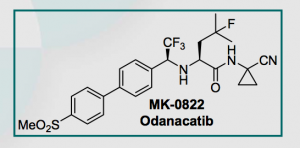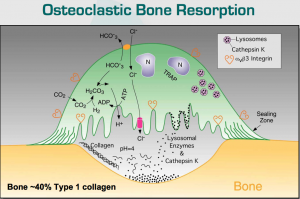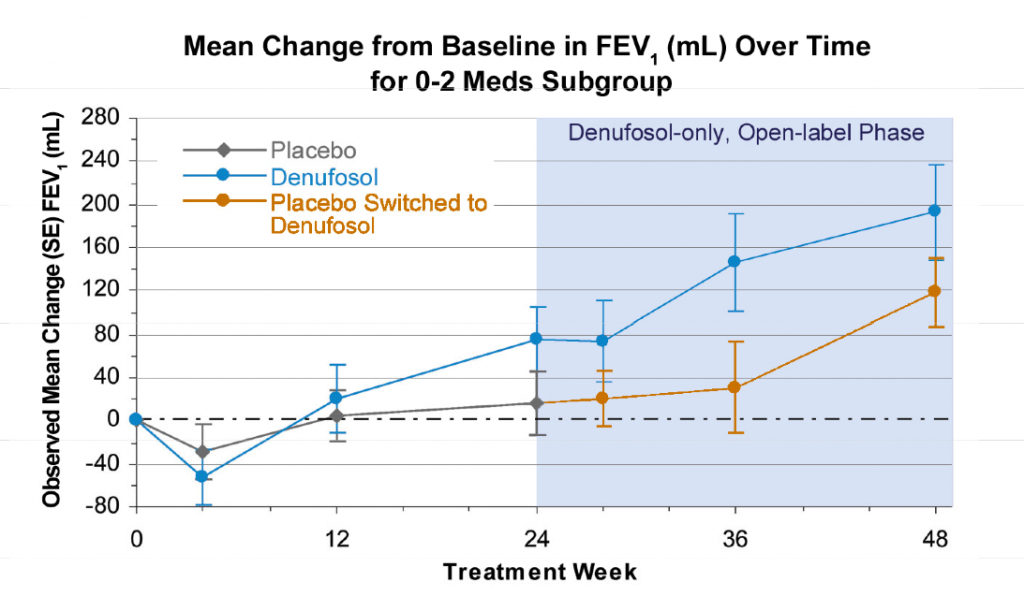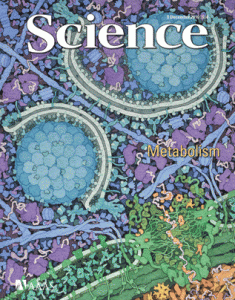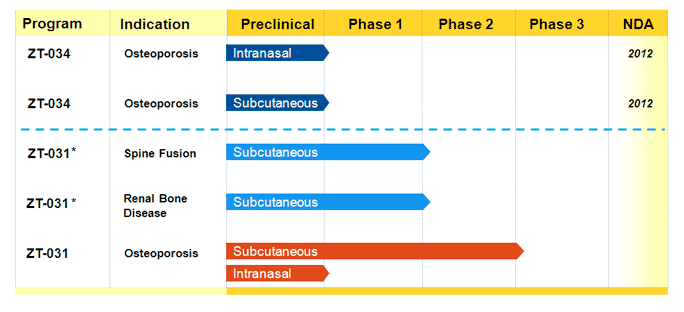“Diamonds are Forever” – using nanodiamonds for drug delivery may improve the efficacy of cancer chemotherapy
Nanotechnology is set to have a major impact on drug development and new products for the diagnosis and treatment of cancer. Research from UCSF and Northwestern University published earlier this year in “Science Translational Medicine” shows this potential.
Edward Chow and colleagues describe how binding the cancer chemotherapy doxorubicin (DOX) to carbon nanoparticles 2-8nm in diameter in the form of a diamond, “nanodiamond” (ND), improved drug efficacy and overcame drug resistance. Although this pre-clinical animal research has not yet been confirmed in humans, it raises the possibility of more efficient chemotherapies and the hope of increased survival rates as a result.
The conclusion from this research is that nanodiamonds may be a viable drug delivery platform for small molecules, proteins and nucleic acids. This technology could have an application in wide range of diseases.
Why is nanoparticle-mediated drug delivery more effective? The paper suggests one reason is that the nanodiamond-doxorubicin complex (NDX) allows for a more gradual release of DOX, allowing for increased tumor retention and increased circulation time.
It’s important to note that the NDX complex does not specifically target the drug efflux pumps, such as MDR1 and ABCG2 transporter proteins, responsible for chemoresistance. Instead the NDX complex appears to overcome drug resistance passively by the way DOX is released from the nanodiamond.
This research shows that taking old drugs and combining them with new drug delivery technology may offer therapeutic benefits. The authors conclude that this research, “serves as a promising foundation for continued NDX development and potential clinical application.”
If successful in humans, it will translate into new product development and market opportunities for emerging biotechnology and biopharmaceutical companies.
![]() Chow, E., Zhang, X., Chen, M., Lam, R., Robinson, E., Huang, H., Schaffer, D., Osawa, E., Goga, A., & Ho, D. (2011). Nanodiamond Therapeutic Delivery Agents Mediate Enhanced Chemoresistant Tumor Treatment Science Translational Medicine, 3 (73), 73-73 DOI: 10.1126/scitranslmed.3001713
Chow, E., Zhang, X., Chen, M., Lam, R., Robinson, E., Huang, H., Schaffer, D., Osawa, E., Goga, A., & Ho, D. (2011). Nanodiamond Therapeutic Delivery Agents Mediate Enhanced Chemoresistant Tumor Treatment Science Translational Medicine, 3 (73), 73-73 DOI: 10.1126/scitranslmed.3001713
